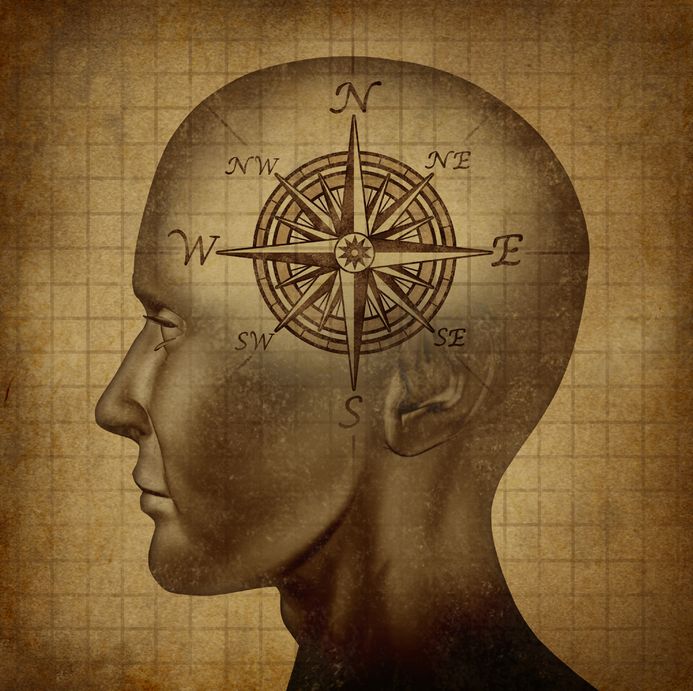Your brain is always hard at work while you sleep, and researchers at NYU Langone Medical Center have been exploring this ability even further.
Senior study investigator Dr. Gryorgy Buzsaki, the Biggs Professor of Neural Sciences at NYU Langone and its Neuroscience Institute, along with his team have found that our brain cells are responsible for helping us with sense of direction are just as active while we snooze as they are when we are awake.
“We have long known that the brain is at work during sleep,” says senior study investigator Dr. Gyorgy Buzsaki. “But now we know how it is working in one of the seemingly simpler senses — head orientation — or our sense of where we look at in any given space. The direction sense is an essential part of our navigation system, since it can reset our internal compass and maps instantaneously, as, for example, when we emerge from the subway and try to orient ourselves.”
The report on their work, which involved studying mice for two years, was published this week in the journal Nature Neuroscience. It was found that head direction neurons are still coding the direction of they are facing during sleep, a brain electrical activity that is indistinguishable from when it occurs when we are awake. In fact, during the slow wave periods of shut-eye, the mice’s neurons displayed an accelerated amount of activity, moving 10 times faster than when the mice were awake.
Buzaki says these findings are significant as it shows how coordinated patterns are operating while we sleep, which in the future could lead to big breakthroughs in the treatment of Alzheimer’s disease and other neurological disorders. Navigational problems are one of the first major symptoms of serious diseases and the team is planning experiments to test if navigation can be electrically predicted and controlled.


No comments yet.